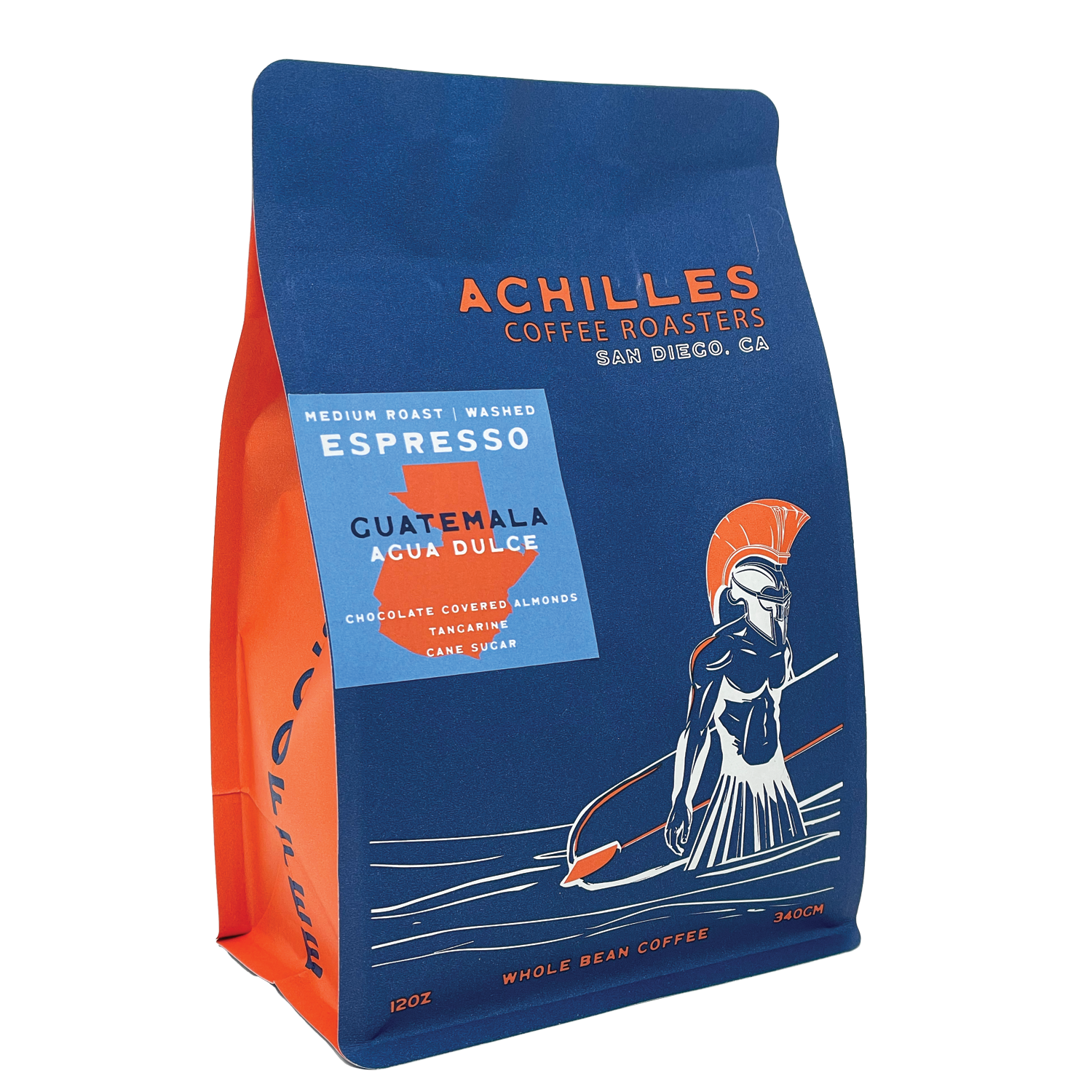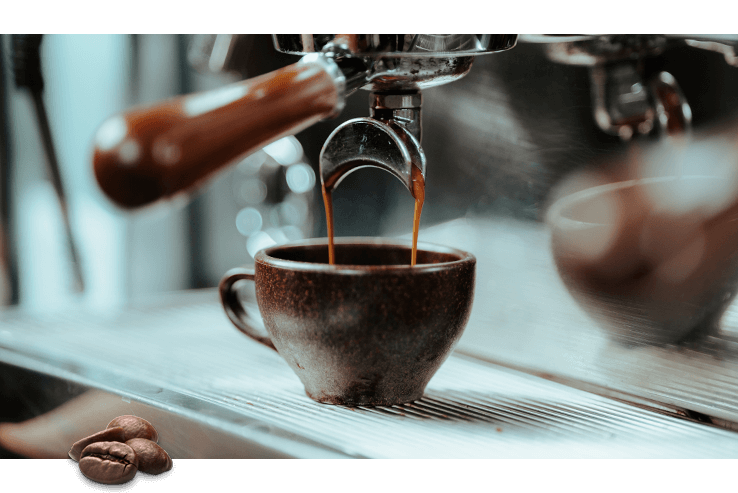How SOE Single Origin Espresso Transforms Your Wake-Up Brew
How SOE Single Origin Espresso Transforms Your Wake-Up Brew
Blog Article
Discovering the Abundant Flavors of Coffee Beans: a Deep Dive Into Espresso and Blended Coffee Beans
When you explore the rich flavors of coffee beans, you uncover a complex globe where each variety brings its own character to your mug. As you navigate with the art of coffee and the creativity behind combined coffees, you'll start to appreciate the nuances that make each sip one-of-a-kind.
The Beginnings of Coffee Beans: Exploring Terroir and Taste Profiles
When you take a sip of coffee, you're not simply enjoying a beverage; you're experiencing an abundant tapestry of tastes shaped by the beans' origins. Each region produces special flavor profiles affected by altitude, dirt, and climate. Beans from Ethiopia typically rupture with bright, fruity notes, while those from Colombia often tend to offer a balanced, nutty sweet taste.
As you discover various beginnings, you'll discover exactly how terroir-- the environmental aspects affecting a plant-- plays a crucial role - Single Origin Espresso. The same coffee range can taste considerably various relying on where it's grown
When you take into consideration these aspects, you begin to appreciate the complexity behind your cup. Each sip narrates of the land and the farmers that supported the beans. Next time you indulge, assume concerning the trip your coffee took prior to it reached your hands, and appreciate those intricate flavors that show its beginning.
Recognizing Coffee: The Art and Scientific Research Behind the Brew
When you consider espresso, it's not simply about the strong taste; it's likewise regarding the methods that bring it to life. Comprehending how various preparation approaches impact preference can change your brewing experience. Allow's explore the ins and outs of espresso preparation and discover the one-of-a-kind flavor accounts that make each cup special.
Espresso Preparation Methods
Coffee prep work is both a scientific research and an art, combining accurate strategies with a deep understanding of coffee. To begin, you'll desire to choose premium, newly baked beans and grind them finely for perfect extraction (Single Origin Espresso). The grind size is vital; too crude, and your coffee will certainly be weak, also fine, and it'll be bitter
The outcome must be an abundant, creamy espresso with a beautiful layer of crema on top. With technique, you'll master these methods.
Taste Accounts Discussed
The globe of coffee uses a rich tapestry of flavor profiles that can boost your coffee experience. You'll notice a balance of acidity, sweetness, and bitterness when you take that initial sip. Each espresso bean brings distinct notes, from flower and fruity to nutty and chocolaty. Light roasts usually display intense level of acidity and vibrant tastes, while dark roasts present deeper, bolder tones.
Understanding these accounts aids you choose the appropriate coffee for your palate. Explore different blends can expose unusual mixes. A well-crafted mix could balance the brilliant notes of an Ethiopian bean with the rich, chocolatey undertones of a Brazilian bean. Accept the trip of finding coffee's varied flavors, and you'll change your coffee routine right into an amazing adventure.
Handling Approaches: Just How They Influence Flavor and Aroma
While it may appear that the beginning of coffee beans is the most substantial aspect in identifying their taste and aroma, the processing techniques used post-harvest play a just as important role. You'll discover that these techniques can significantly change the final preference profile of your cup.
For instance, the washed procedure removes the fruit from the beans before fermentation, frequently causing a cleaner, brighter flavor. On the other hand, the all-natural process leaves the fruit intact throughout drying, resulting in a sweeter, fruitier profile.
Various other techniques, like honey processing, strike an equilibrium, enabling some fruit mucilage to stay, providing a special intricacy.
Each processing strategy engages with the beans' inherent features, boosting or silencing specific flavors and fragrances. When you drink that coffee or blended coffee, remember that the trip from cherry to cup is influenced not simply by origin but likewise by just how those beans were refined.
Toasting Strategies: Opening the Full Possible of Coffee Beans
Roasting methods are crucial for exposing the complete potential of coffee beans, as they change raw, environment-friendly beans into the fragrant, tasty coffee you delight in. The choice of toasting method-- light, medium, or dark-- considerably affects taste accounts.
A slower roast at reduced temperature levels allows for intricate flavors to create, while a quicker roast can increase anger. By grasping these techniques, you'll disclose a world of taste, raising your coffee experience to brand-new elevations.
The Magic of Blended Coffee: Producing Special Flavor Experiences
Creating a distinct taste experience with blended coffee can change your early morning ritual right into an exploration of preference. By incorporating different beans from various areas, you can expose a symphony of tastes that elevate your mug to brand-new elevations. Each blend deals an unique profile, stabilizing level of acidity, sweetness, and body to produce something absolutely unique.
When you select a blend, you're not simply choosing a coffee; you're selecting a journey throughout varied landscapes and societies. Trying out with various combinations allows you to discover your individual favorites, whether you appreciate fruity notes or abundant, chocolatey touches.

Sampling Notes: Identifying the Nuances in Your Cup
As you sip your coffee, you may notice a range of flavors dancing on your palate, each exposing the intricacies of the beans. You might taste the bright level of acidity similar to citrus or the deep, rich notes similar to dark chocolate. The sweetness could stimulate honey or sugar, Full Report balancing the total account wonderfully.
Pay attention to the body of the coffee-- does it feel light and airy, or is it complete and velvety? The coating, also, provides clues; a remaining aftertaste may mean nuttiness or floral undertones.

Do not neglect to explore the one-of-a-kind characteristics of various beginnings, as each area imparts distinct flavors - Single company website Origin Espresso. Ethiopian coffees typically present fruity notes, while Colombian beans may display a much more spherical sweetness. By acknowledging these subtleties, you'll strengthen your gratitude for every cup, boosting your coffee experience to new heights

Developing Approaches: Maximizing Flavor Extraction for Every Bean
When you discover the various brewing approaches, you'll find that each method can substantially impact the taste profile of your coffee. From French press to pour-over, each approach extracts different compounds, boosting or muting details notes. Making use of a French press allows oils to stay in the brew, producing a richer taste, while pour-over stresses clarity and brightness.
Temperature level and grind size likewise play essential duties. A coarser work works best for cool brews, while a fine grind is suitable for espresso. Exploring with water temperature-- between 195 ° F and 205 ° F-- can reveal hidden tastes, as well.
Do not fail to remember regarding steeping time; a quick extraction can bring about sour notes, while over-extraction might generate anger. By adjusting these variables, you can make the most of taste removal and genuinely boost your coffee experience. Take pleasure in the journey of finding what technique finest matches your taste buds!
Regularly Asked Concerns
What Is the Suitable Water Temperature Level for Brewing Coffee?
The perfect water temperature level for brewing coffee's in between 195 ° F and 205 ° F. If you make use of water that's as well hot, you'll over-extract flavors; too cool, and you won't draw out sufficient. Objective for that sweet area for the finest brew!
Just How Does Work Size Impact Coffee Taste?
Grind dimension substantially influences coffee flavor. Better grinds extract extra tastes and oils, resulting in a bolder preference, while coarser grinds yield a lighter taste. Changing grind dimension aids you accomplish your desired coffee account.
Are There Health Benefits Surrounding Alcohol Consumption Coffee?

What Is the Difference In Between Arabica and Robusta Beans?
Arabica beans are smoother and sweeter, often including fruity flavors, while robusta beans are stronger Read Full Article with a bitter preference and greater high levels of caffeine content. You'll discover these differences in scent and brewing experience.
Exactly How Can I Shop Coffee Beans for Quality?
To keep coffee beans for quality, maintain them in a closed container, away from wetness, warmth, and light. You'll preserve their flavor longer if you only grind what you require right before brewing.
Discovering the Abundant Tastes of Coffee Beans: a Deep Dive Into Coffee and Blended Coffee Beans.
When you explore the rich tastes of coffee beans, you reveal an intricate world where each variety brings its very own character to your mug.When you take a sip of coffee, you're not just appreciating a drink; you're experiencing an abundant tapestry of tastes shaped by the beans' beginnings.Roasting methods are important for exposing the complete potential of coffee beans, as they change raw, green beans into the fragrant, savory coffee you appreciate.As you sip your coffee, you could notice a range of flavors dancing on your taste buds, each disclosing the details of the beans.
Report this page